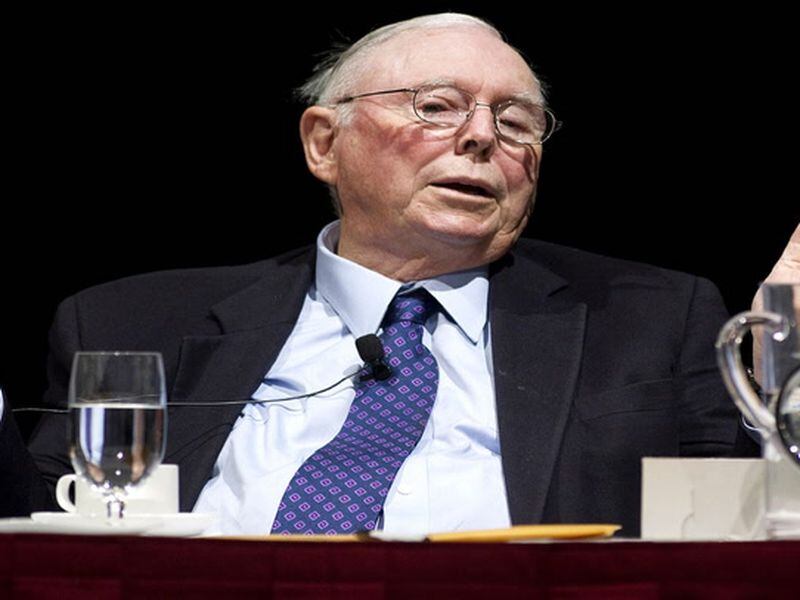Astria, Project to Decentralize Crucial Blockchain ‘Sequencers,’ Goes Live With Main Network
Astria, a blockchain project describing itself as the “first decentralized shared sequencing layer,” has launched the main network for its alpha release.
The project is among those aiming to decentralize blockchain “sequencers” – the component of a layer-2 network that compiles transactions happening on the secondary network, in order to record them on a main layer-1 blockchain, like Ethereum. Metis, a layer-2 network for Ethereum, has developed its own decentralized sequencer, for example.

00:56
Len Sassaman-Themed Memecoins Surge Ahead of HBO Bitcoin Creator Documentary

01:11
Private Transactions Surge on Ethereum

00:59
Many DeFi Protocols ‘Flagrantly Disregard’ Regulations: Gavin Wood

00:53
Gavin Wood on the Problem With Layer 1s
But Astria’s sequencing layer could be used like a modular plug-in for other networks, as an alternative to a centralized sequencer – sometimes seen as a bottleneck, or a single point of failure, or potentially a vector of transaction censorship. Almost all layer-2 networks in operation today use a centralized sequencer, including Coinbase’s Base, which reportedly produces millions of dollars in revenue for the parent company.
“With today’s mainnet launch, we’ve made a significant step towards our vision of once again making decentralization the norm in crypto,” Astria said.
The project, which raised $5.5 million in April 2023 from investors including 1kx, Delphi Ventures and Figment Capital, was originally conceived as an attempt to build a settlement layer for native rollup networks on the data-availability network Celestia, according to a press release.
“Over time, we realized that settlement wasn’t the only piece missing from the modular ecosystem,” according to the release. “Developers needed a way to provide fast confirmations to their users, without relying on centralized sequencers like rollups in other ecosystems.”
It could work on both the Ethereum-compatible EVM environment for smart-contract programming, as well as Solana’s SVM environment.
:format(jpg)/cloudfront-us-east-1.images.arcpublishing.com/coindesk/UHOTO7W3K5FHRKKBLIEENYGE5U.jpeg)
Astria says its setup represents a “a single, permissionless network that can be shared by many rollups, providing both settlement (ie. bridging) and decentralized sequencing, with fast (~2s) block times, and single slot finality.”
Astria is an “unapologetically Celestia first project, and wouldn’t exist without the support of Celestia Labs, foundation and the broader Celestia ecosystem,” according to the release.
The Astria mainnet alpha uses Celestia’s token (TIA), and data is posted to Celestia. The first data blog was reportedly posted here.
Disclosure
Please note that our
privacy policy,
terms of use,
cookies,
and
do not sell my personal information
have been updated
.
CoinDesk is an
award-winning
media outlet that covers the cryptocurrency industry. Its journalists abide by a strict set of
editorial policies.
CoinDesk has adopted a set of principles aimed at ensuring the integrity, editorial independence and freedom from bias of its publications. CoinDesk is part of the Bullish group, which owns and invests in digital asset businesses and digital assets. CoinDesk employees, including journalists, may receive Bullish group equity-based compensation. Bullish was incubated by technology investor Block.one.
:format(jpg)/s3.amazonaws.com/arc-authors/coindesk/f22b7b33-3453-471b-9db5-9f17af90a499.png)
Bradley Keoun is the managing editor of CoinDesk’s Tech & Protocols team. He owns less than $1,000 each of several cryptocurrencies.
Follow @Liqquidity on Twitter









